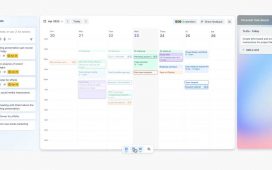
There is no ‘one true way’
In talking with my friends mentioned above, we delved into why they committed to one cloud but still mostly used the other, and why their “all in” decision about the cloud still has them using a lot of private data centers. The company’s commitment to Azure didn’t actually slow their pace of AWS adoption. Partly because of technology: Developers within the company needed the services AWS provided, so even as they invested in Azure for some workloads, they kept spending on AWS for others. Partly because of people: Those same developers were more familiar with AWS services and so they kept building with it.
As for their use of private cloud, some of the rationale is purely a cost calculation. For some workloads, it’s cheaper to run on premises. “The cloud is not cheaper. That’s a myth,” one of the IT execs told me, while acknowledging cost wasn’t their primary reason for embracing cloud anyway. I’ve been noting this for well over a decade. Convenience, not cost, tends to drive cloud spend—and leads to a great deal of cloud sprawl, as Osterman Research has found.
Small wonder that even with AWS hitting a $100 billion annual run rate and seemingly everyone embracing cloud computing, cloud remains relatively small compared to on-premises IT spending. Gartner, for example, expects global IT spending to top $5.26 trillion this year, with public cloud spending accounting for just 12.9% of that ($679 billion). Granted, public cloud spending is growing much faster than the overall IT market (20.4% versus 7.5%), and the long-term trend is toward cloud, but the point is that it’s going to take a long, long time.












